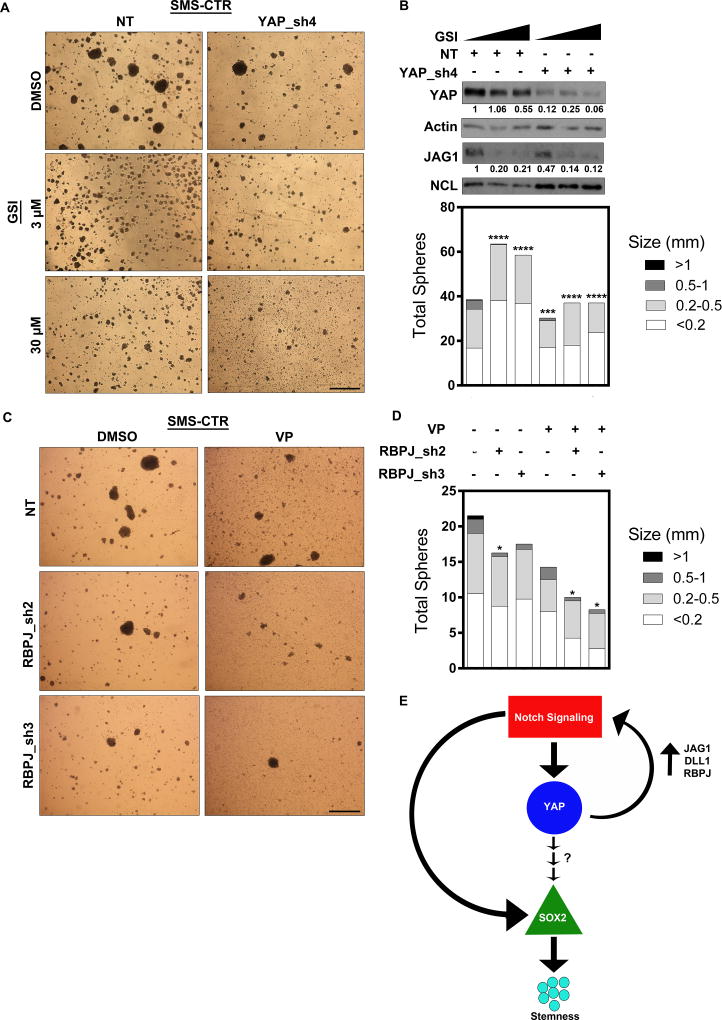Figure 7. Dual inhibition of Notch and YAP inhibits sphere formation and silences the Notch-YAP circuit.
(A, left) Treatment of SMS-CTR spheres with 3µM or 30µm GSI inhibits sphere formation. (A, right) Addition of YAP_sh4 further inhibits SMS-CTR sphere formation. (B, top) GSI treatment alone decreases YAP and JAG1 protein levels. The combination of GSI with YAP_sh4 (last two lanes) almost completely eliminates YAP and JAG1 protein expression in SMS-CTR spheres. Densitometry quantitation shown below blots and normalized to loading controls. (B, bottom) Sphere number and size quantified. Statistical analysis was performed on the total number of spheres greater than 0.5 mm as compared to NT + DMSO. (C) Combination treatment with RBPJ shRNAs and 0.1µM VP in SMS-CTR spheres inhibits sphere formation. (D) Sphere size and number quantified. Statistical analysis was performed on the total number of spheres greater than 0.5 mm as compared to NT + DMSO. (E) Model shows that active Notch signaling in eRMS cells directly increases YAP levels, thus increasing YAP signaling. YAP signaling indirectly increases SOX2, which promotes a stemness phenotype. YAP provides a positive feedback loop by activating Notch signaling through direct upregulation of the ligands JAG1 and DLL1 and the transcription factor RBPJ. Notch signaling also directly upregulates SOX2 levels to contribute to the stemness phenotype. NT= non-targeting control. *, P<0.05; **, P<0.01; ***, P<0.001; and ****, P<0.0001. Scale bars: 1.7mm.

